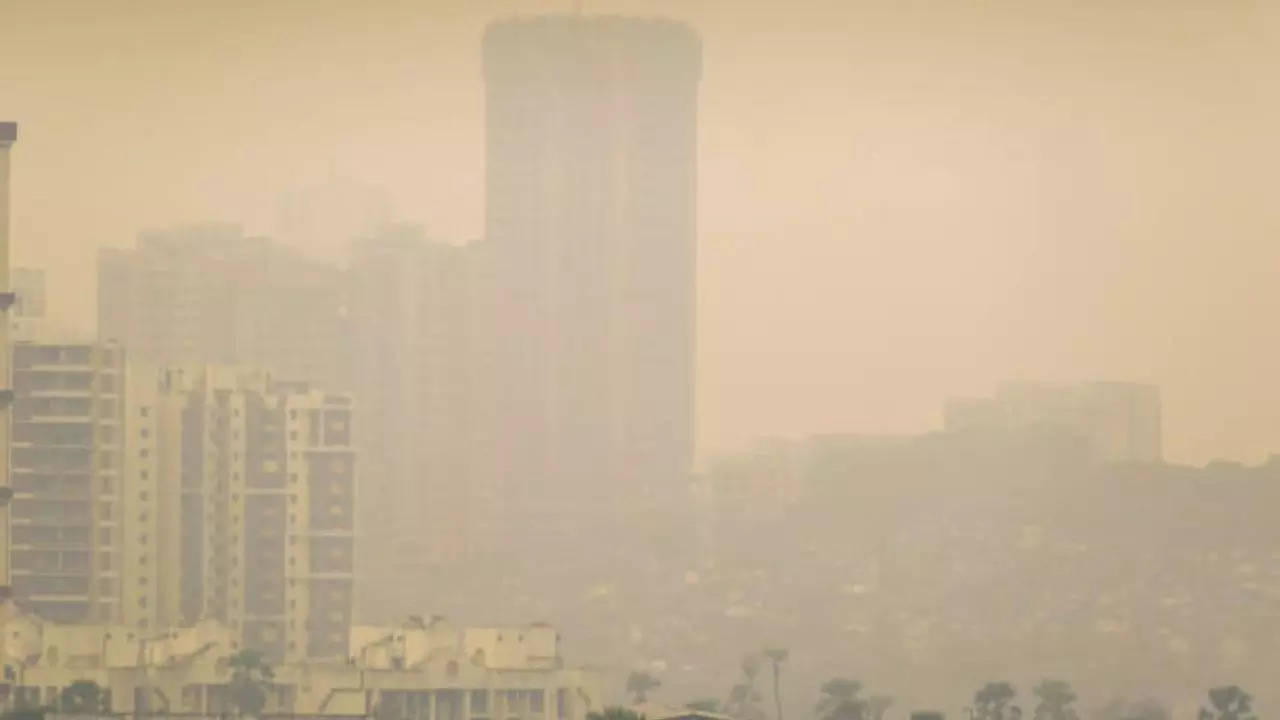
Mumbai: The city witnessed a notable increase in air pollution on Diwali Day, according to an analysis report by Respirer Living Sciences (RLS), a tech platform that monitors and analyses air pollution. The report mentioned that while most monitoring stations depicted moderate increases, specific locations such as Sewri, Kandivli West, and Malad West recorded PM 2.5 surges exceeding 70 percent.
According to a TOI report, the analysis report covered data from 28 monitoring locations, mostly from the Central Pollution Control Board (CPCB) in Mumbai using the AtlasAQ platform by RLS. The report stated, “There was a pronounced increase in both PM 2.5 and PM10 concentrations across Mumbai, particularly in Mazgaon and Kherwadi, where percentage increases were exceptionally high. This could be due to Diwali celebrations, as these increases exceed standard daily variations, posing heightened health risks in affected areas. These findings suggest the need for targeted interventions to manage air quality, especially around festival times,” as quoted by TOI.
Ronak Sutaria, founder and CEO of RLS, explained that Diwali festivities undeniably highlight the impact of concentrated pollution sources on urban air quality. Ronak also said, “This year's data underscores the need for proactive measures to mitigate such spikes, particularly in neighborhoods with larger populations of vulnerable groups such as pregnant women, newborns, and the elderly. These groups particularly suffer during rapid increases in concentrations as experienced during Diwali and a few days after that,” as quoted by TOI.
The report mentioned that Mazgaon witnessed the most significant increase in PM2.5 levels, rising by a substantial 105.83 percent from Day 1 to Day 2, reaching 175.04 on Diwali. This was the highest recorded increase, showing how festive activities affected air quality. Additionally, Kherwadi in Bandra East also saw a substantial rise in PM2.5, increasing by 72.30 percent to 145.44 on Day 2. Moreover, Navy Nagar in Colaba and Vile Parle West followed, with increases of 89.63 percent and 67.93 percent respectively, depicting a staggering pollution spike in these areas. Siddharth Nagar in Worli, though with a smaller percentage increase of 40.38 percent, still recorded a notable rise in PM2.5, the TOI report stated.

